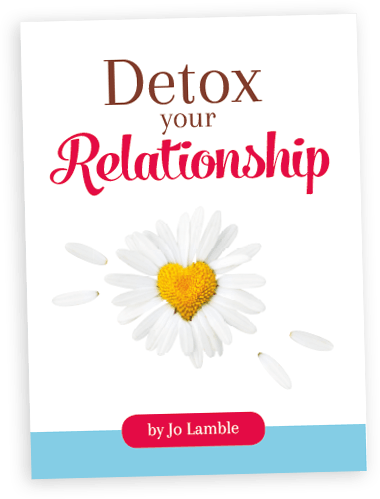 Some of the loveliest people can find it difficult to show empathy when it’s needed. If they see a loved one hurting, they hurt. If they are the person responsible for causing that pain, they feel even worse. When ashamed or embarrassed, they can feel paralysed and utterly unable to focus on their partner’s pain.
Some of the loveliest people can find it difficult to show empathy when it’s needed. If they see a loved one hurting, they hurt. If they are the person responsible for causing that pain, they feel even worse. When ashamed or embarrassed, they can feel paralysed and utterly unable to focus on their partner’s pain.
If you find yourself defending your actions or attempting to find a solution when someone you love is upset, it may well be coming from a place of love and care. Unfortunately, it won’t come across that way. The lack of overt empathy is often interpreted as uncaring and sometimes as cold or even aggressive.
The trick to showing empathy is to first say what you see.
I can see how distressed you are.
You’re clearly rocked by what’s happened.
You seem so down.
You’re obviously feeling really angry about this.
These statements convey empathy. They show that you are observing what’s going on for this person you care about and you’re wanting to understand. If you don’t understand why they’re so angry/upset/down, ask … but only after you have said what you see.
You’re obviously feeling really angry about this. Tell me why, I want to understand.
It’s the same method we use for a toddler who’s having a tantrum: You’re clearly very upset about something and I want to understand why, so try to use your words and explain it to me.
We’re all toddlers inside. We all get frustrated when we are not heard or understood. Adults need what children need – a person who loves us to try to see things from where we stand. And that’s exactly what empathy is. So if your partner is complaining that they don’t feel heard or understood and you are struggling to know how to convey your love and support, start by saying what you see.







